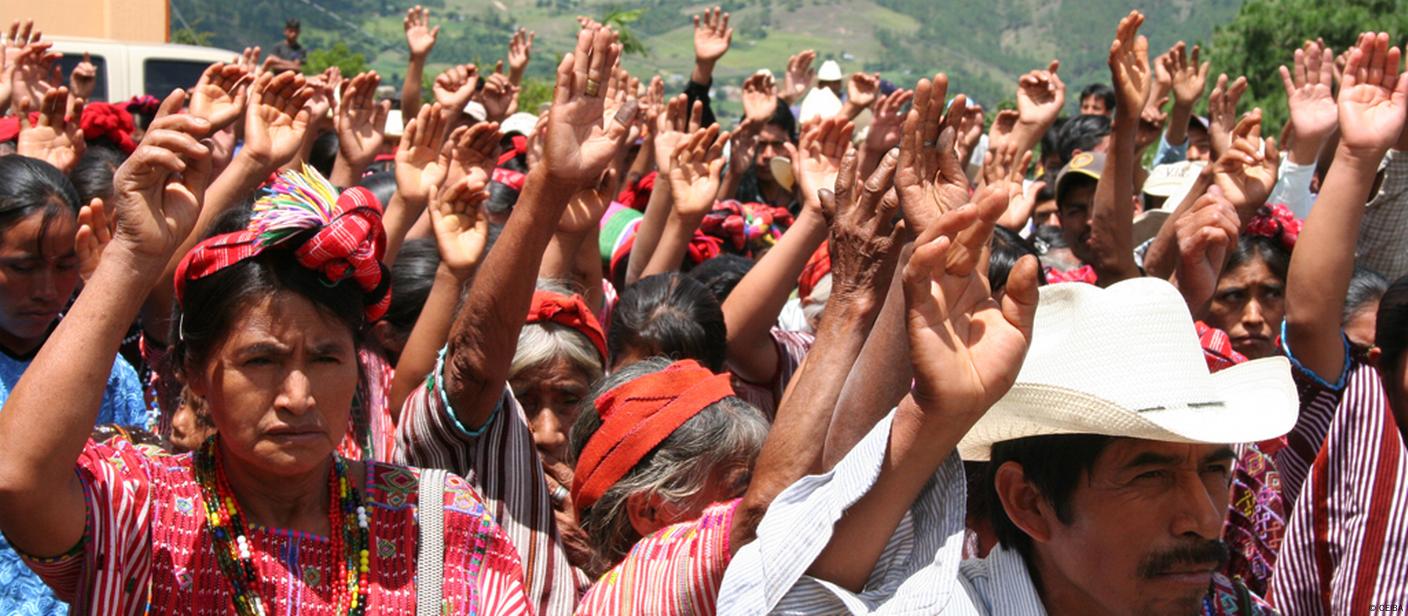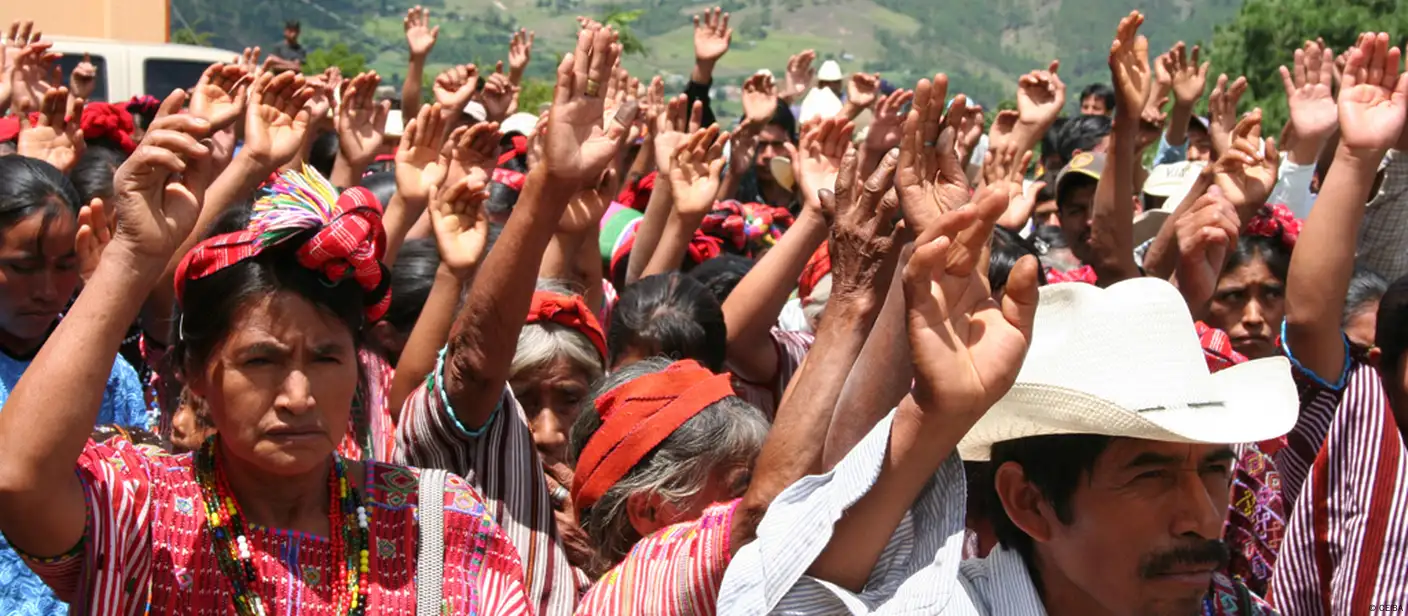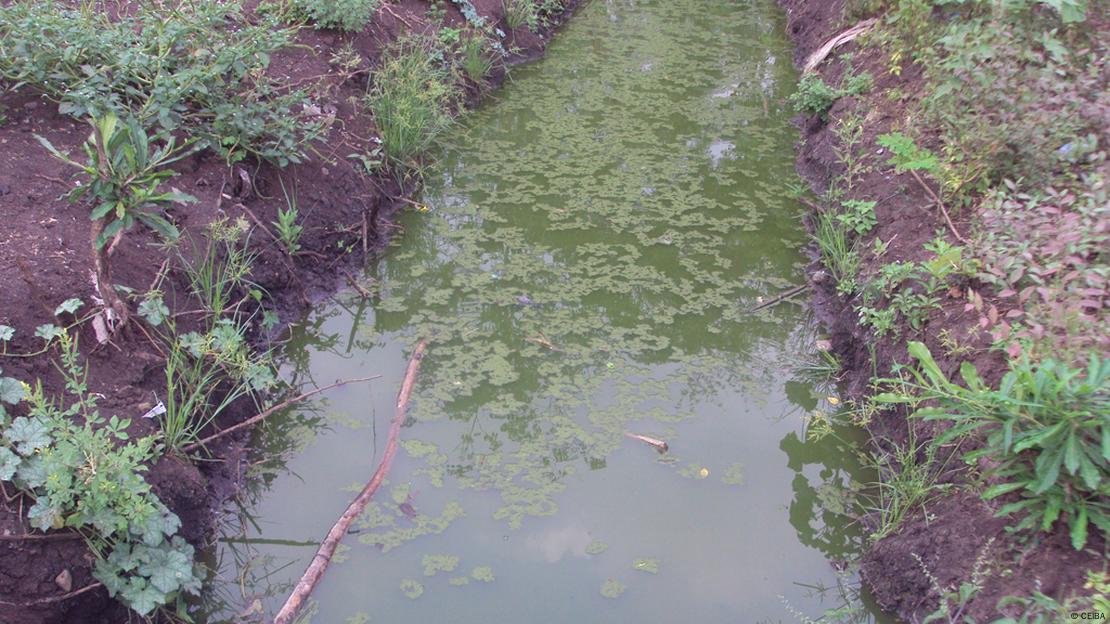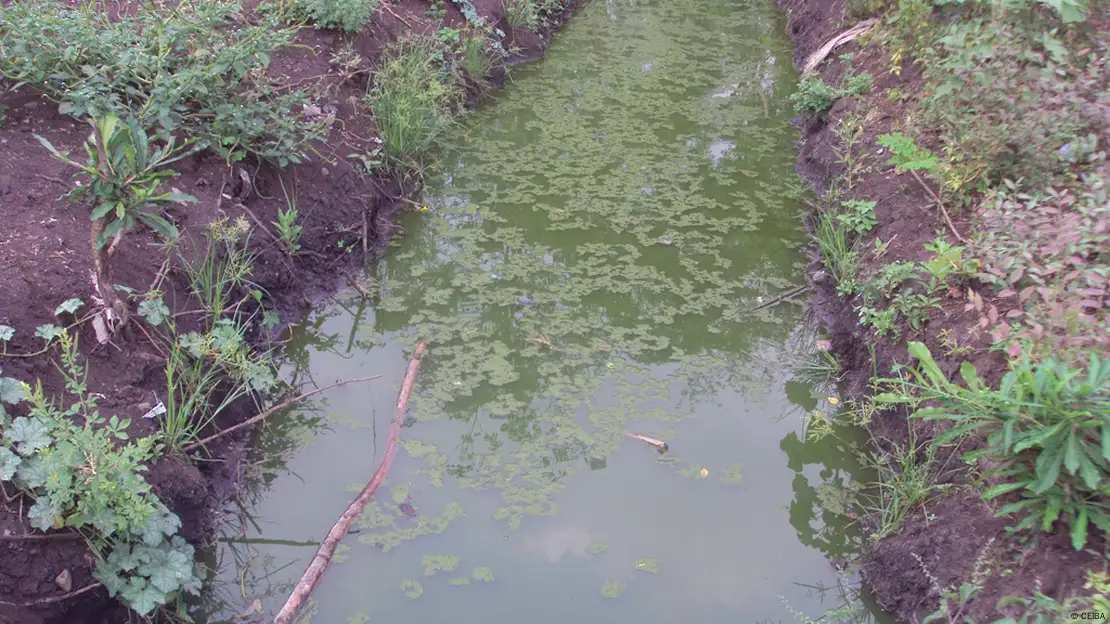When hydropower isn't green
June 26, 2015


If you were to walk past them on the streets of Berlin, Madrid, Stockholm or any of the other European cities they plan to visit in the coming weeks, there would be no way of guessing that Iris Korina Callejas and Carlos Muralles Ache carry the weight of thousands on their shoulders.
The two Guatemalan activists from CEIBA - a group that promotes measured development of local communities - talk with a gentle intensity about their mission to draw European attention to the wedge that has been thrust deep into the heart of indigenous Guatemalan society.
Known by turns as the Santa Cruz Barrillas dam or the Cambalam hydroelectric dam, a massive construction project planned by Spanish company Hidro Santa Cruz has succeeded in unpicking the seams of rural life in the Central American state. All this before it has even been built.
Since it was first proposed, the dam - which is partly financed by the World Bank - has drawn widespread protest from communities in the country's western Huehuetenango province. It has since been put on hold. And while that might sound like a grassroots-style victory, nothing could be further from the truth.
The machinations of such projects are as powerful as they are plentiful - and this one already has murder, displacement, corruption, incarceration and human rights violations to its name. Hence the uncertainty over when it will begin.


Let it flow
At the heart of the scheme is a natural resource - in this case, water. Hidro Santa Cruz wants to tap its potential for what it describes as "clean energy," in order to ease the nation's reliance on fossil fuels. This might sound green and positive on paper - but as Carlos Ache described, it would destroy an existence that is as rooted in nature as the very plants it nurtures.
"In rural regions, communities have deep bonds to the sky, the forest, water and the volcanoes," he said. "Big projects such as this one, which are being implemented all over our country, threaten our environment, our culture, and the way people live their lives."
A DW request to Hidro Santa Cruz for its position on the suggestion that its project will have a negative impact on locals, failed to elicit a response. Likewise, the activists say they have been unable to engage the company in meaningful dialogue.
But they continue to stress the importance of allowing development to occur naturally from within a local community, rather than imposing a massive project in an area that has thrived since ancient times without much in the way of modern infrastructure.
Lyda Fernanda Forero, who works on economic justice and corporate power at the Transnational Institute in the Netherlands, agrees with the idea of allowing people to make decisions based on knowledge of their own environments.
"We have to support local communities who say they don't want these projects, but want to use their land differently," she told DW. "And we have to see how sustainable that is."
Biodiversity hotspot
Guatemala is considered a top global biodiversity hotspot, and is home to fourteen different eco-regions - including mangroves, tropical rainforest, wetlands and pine forests. Local indigenous populations don't only live in these natural habitats, they live with and from them.
"People are used to getting their food and medicinal plants from the forest, and they take their water from the river, or they bathe there, or draw water for household chores," Carlos said. "But when a company like this one moves in, all that is destroyed."
He disputes government studies claiming there would be no environmental impact were the project to go ahead, which he firmly believes it will. "They are wrong," he said. "They are in no way a reflection of reality."
The Environmental Justice Atlas lists a catalogue of potential effects from the dam. Ranging from loss of wildlife and agricultural diversity to desertification, food insecurity, soil erosion, contamination, deforestation and water pollution - to name but a few - they paint a bleak future.
Looking deeper into 'green' energy
They also imply socio-economic repercussions that include poverty, lack of work security, alcoholism and domestic violence. Yet for all that, the same kinds of dam projects are being developed in other parts of the country, and in many countries across Central and South America.
The Barro Blanco dam currently under construction on the Tabasara River in the Chiriqui Province of Panama is another such project in the works. The Barro Blanco project, which is registered under the Kyoto Protocol's clean development mechanism and partially backed by the German development organization DEG, is also being resisted by indigenous people and environmentalists.
Fernanda Forero says that besides appealing to private and state stakeholders to act with a greater environmental and social conscience, it is important to make people aware of the deeper issue behind projects like Santa Cruz.
"There is this idea of having clean energy, and that is sold through hydro-electricity," she told DW. "People don't take the extra step to see what is really happening, and how clean this energy really is."
That is where people like Iris come in. However softly spoken, the message she is aiming to spread across the European continent over the coming weeks is clear.
"This time, it is a Spanish company that wants to build a dam, but the next time it could be somewhere else in Europe. We are thinking about future generations."